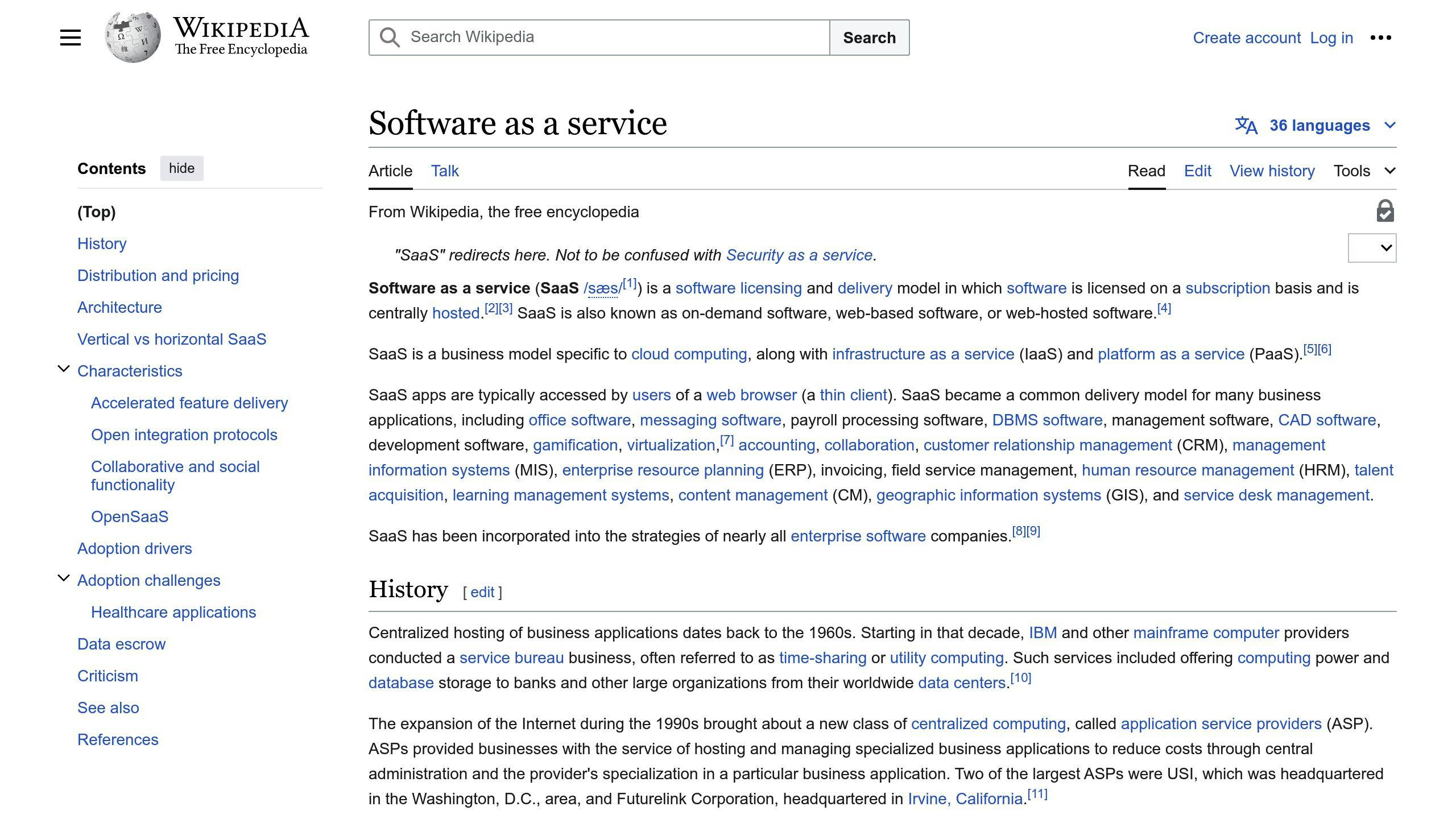In 2024, the demand for cross-platform mobile app development tools is increasing rapidly, driven by the need for efficient and cost-effective solutions that cater to multiple platforms. These frameworks allow developers to create apps that run seamlessly across Android, iOS, web, and desktop platforms using a single codebase.
Here are the top 10 cross-platform RMAD (Rapid Mobile App Development) frameworks for 2024:
- Flutter
- React Native
- Xamarin
- Ionic
- Adobe PhoneGap
- NativeScript
- Appcelerator Titanium
- Sencha
- Corona SDK (Solar2D)
- Qt
Related video from YouTube
Quick Comparison
FrameworkPerformanceDevelopment EfficiencyCommunity & SupportFlutterNative-like with AOT compilationHigh with hot reloadGrowing community, extensive documentationReact NativeNative-like with JavaScript bridgeHigh with reusable codeLarge community, extensive documentationXamarinNative with C# and .NETHigh with C# and .NETLarge community, extensive documentationIonicHybrid with HTML, CSS, JavaScriptHigh with web technologiesLarge community, extensive documentationAdobe PhoneGapHybrid with HTML, CSS, JavaScriptMedium with hybrid approachMedium community, limited documentationNativeScriptNative-like with JavaScript bridgeMedium with JavaScript bridgeMedium community, limited documentationAppcelerator TitaniumHybrid with JavaScript and native modulesMedium with JavaScript and native modulesMedium community, limited documentationSenchaHybrid with HTML, CSS, JavaScriptMedium with web technologiesMedium community, limited documentationCorona SDK (Solar2D)High with Lua scriptingLow with Lua scriptingSmall community, limited documentationQtHigh with C++ and QMLLow with C++ and QMLLarge community, extensive documentation
These frameworks offer a range of features, performance capabilities, and community support, enabling developers to choose the best fit for their project requirements and team expertise.
Cross-Platform App Development Explained
Cross-platform app development is the process of creating mobile applications that can run on multiple platforms, including Android, iOS, and web platforms, using a single codebase. This approach allows developers to write one codebase that can be deployed across various platforms, reducing the need for separate development efforts for each platform.
Advantages of Cross-Platform App Development
By using cross-platform frameworks, developers can:
- Save time and resources: Create apps quickly and efficiently.
- Reduce costs: Businesses can reduce development and maintenance costs.
- Reach a wider audience: Apps can be used by a larger audience, without the need for separate development and maintenance efforts for each platform.
- Improve user experience: Cross-platform apps can provide a consistent user experience across multiple platforms.
- Simplify maintenance: Developers can maintain a single codebase, making it easier to update and fix issues.
Overall, cross-platform app development is an efficient and cost-effective way to create mobile apps that can run on multiple platforms, providing a wider reach and improved user experience.
Choosing the Right Cross-Platform Tool
Selecting the right cross-platform framework is crucial for the success of your mobile app development project. Here are some key factors to consider when evaluating and choosing the right cross-platform tool:
Supported Platforms
PlatformConsiderationsiOSEnsure the framework provides robust support for iOS, including access to native APIs and features.AndroidCheck if the framework offers strong support for Android, including access to native APIs and features.WebConsider if the framework provides support for web platforms, including access to web-specific features.DesktopEvaluate if the framework offers support for desktop platforms, including access to desktop-specific features.
Development Efficiency
FactorConsiderationsProgramming languagesAlign the framework's programming languages with your team's existing skillset to improve development efficiency.ToolingEvaluate the framework's tooling, debugging capabilities, and overall developer experience.
Community Support
AspectConsiderationsUser baseLook for frameworks with a large and active user base.DocumentationEvaluate the framework's documentation and resources.EcosystemConsider the framework's ecosystem of third-party libraries and plugins.
Integration Capabilities
IntegrationConsiderationsExisting systemsAssess the framework's ability to integrate with existing systems.Third-party servicesEvaluate the framework's ability to integrate with third-party services.APIsConsider the framework's ability to integrate with APIs.
Performance and User Experience
AspectConsiderationsRendering capabilitiesEvaluate the framework's rendering capabilities.ResponsivenessAssess the framework's responsiveness across different devices and platforms.User experienceConsider the framework's overall user experience across different devices and platforms.
Scalability and Maintenance
AspectConsiderationsModular architectureEvaluate the framework's modular architecture.Code organizationAssess the framework's code organization.Testing frameworksConsider the framework's testing frameworks.
By carefully evaluating these factors and aligning them with your project requirements, team expertise, and business goals, you can make an informed decision and choose the cross-platform framework that best suits your needs.
1. Ionic

Supported Platforms
Ionic is a popular open-source framework for building cross-platform mobile applications using web development technologies like HTML, CSS, and JavaScript. It supports multiple platforms, including:
PlatformSupportediOS✅Android✅Web✅Desktop✅
Development Efficiency
Ionic allows developers to create apps using familiar web technologies, making it an attractive choice for web developers. It also provides a wide range of pre-built UI components, plugins, and tools to speed up development.
Community & Support
Ionic has a large and active community, with extensive documentation and resources available. It also has a strong ecosystem of third-party libraries and plugins, making it easy to find solutions to common problems.
Integration & Extensibility
Ionic provides access to native device features through plugins, allowing developers to integrate their apps with native APIs and features. It also supports integration with third-party services and APIs.
Performance
Ionic apps are optimized for web performance, making them suitable for small to medium-sized apps. However, they may not be suitable for large and complex applications that require native performance.
2. React Native

Supported Platforms
React Native supports the following platforms:
PlatformSupportediOS✅Android✅Web✅ (with limitations)Windows✅ (with limitations)tvOS✅macOS✅ (with limitations)
Development Efficiency
React Native allows developers to write code in JavaScript and React, enabling them to build native mobile apps for multiple platforms using a single codebase. This approach reduces the need to maintain separate codebases for different platforms.
React Native also provides pre-built components and libraries, making it easier to build user interfaces and integrate various functionalities.
Community & Support
React Native has a large and active community, backed by Facebook and other tech giants. The community contributes to the development of libraries, tools, and resources, making it easier for developers to find solutions to common problems.
React Native also has excellent documentation and learning resources, making it easier for developers to get started and stay up-to-date with the latest features and best practices.
Integration & Extensibility
React Native provides a bridge that allows developers to access native APIs and integrate with native code when necessary. This enables developers to build complex and high-performance applications that can leverage native device features and functionality.
React Native also supports integration with third-party libraries and services, allowing developers to extend the functionality of their applications.
Performance
React Native is designed to deliver native-like performance by rendering components using the same APIs as native applications. This approach ensures that React Native applications feel smooth and responsive, providing a user experience that is indistinguishable from native applications.
However, for applications with complex animations or demanding graphics, native development may still be required to achieve optimal performance.
3. Xamarin
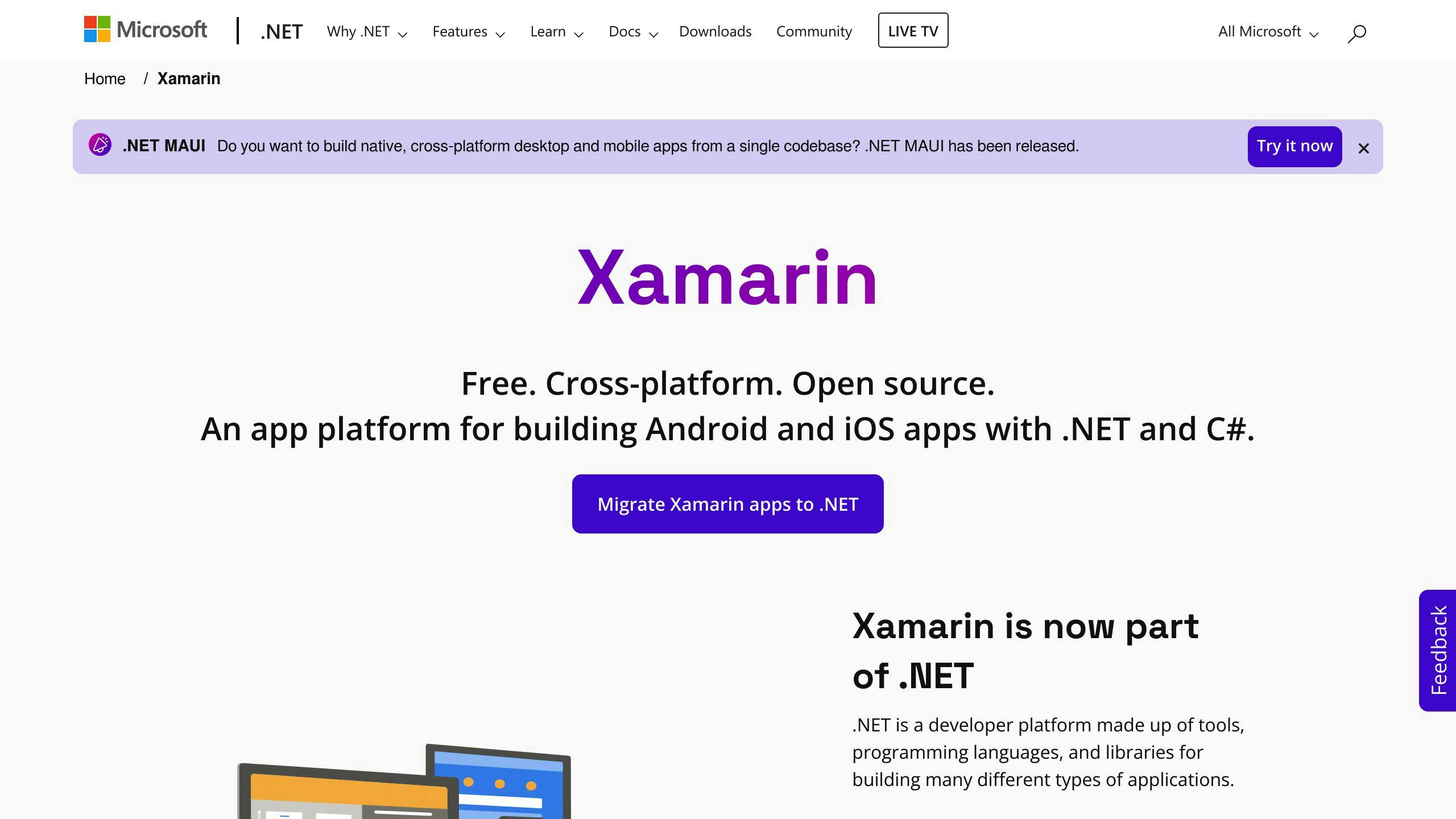
Supported Platforms
Xamarin supports the following platforms:
PlatformSupportediOS✅Android✅Windows✅ (with limitations)macOS✅ (with limitations)
Development Efficiency
Xamarin allows developers to write code in C# and share up to 95% of the codebase across platforms. This approach reduces the need to maintain separate codebases for different platforms.
Xamarin provides a comprehensive set of tools and libraries, making it easier to build user interfaces and integrate various functionalities.
Community & Support
Xamarin has a large and active community, backed by Microsoft. The community contributes to the development of libraries, tools, and resources, making it easier for developers to find solutions to common problems.
Xamarin also has excellent documentation and learning resources, making it easier for developers to get started and stay up-to-date with the latest features and best practices.
Integration & Extensibility
Xamarin provides a bridge that allows developers to access native APIs and integrate with native code when necessary. This enables developers to build complex and high-performance applications that can leverage native device features and functionality.
Xamarin also supports integration with third-party libraries and services, allowing developers to extend the functionality of their applications.
Performance
Xamarin is designed to deliver native-like performance by rendering components using the same APIs as native applications. This approach ensures that Xamarin applications feel smooth and responsive, providing a user experience that is similar to native applications.
However, for applications with complex animations or demanding graphics, native development may still be required to achieve optimal performance.
4. Flutter
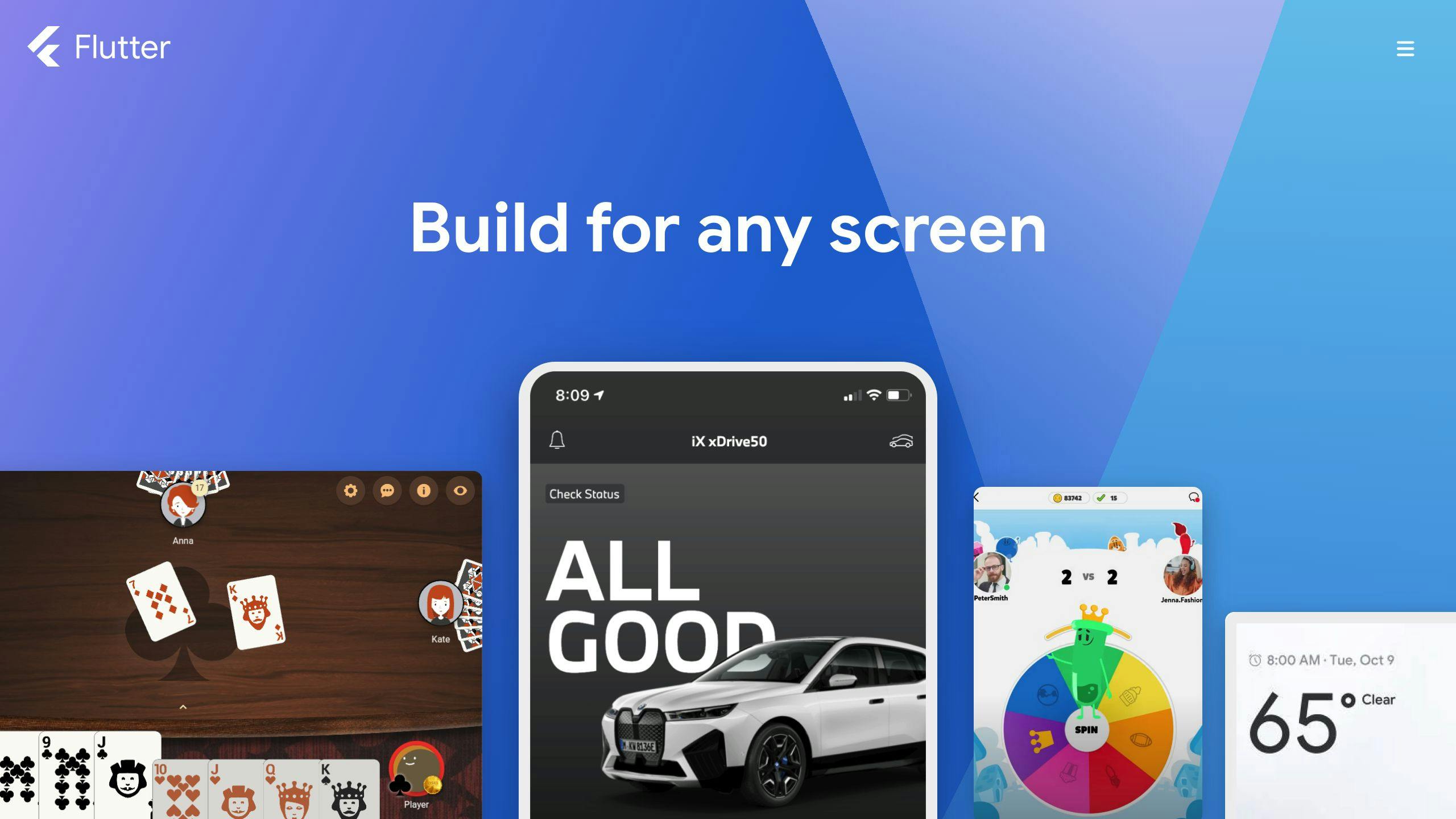
Supported Platforms
Flutter supports the following platforms:
PlatformSupportediOS✅Android✅Web✅Desktop (Windows, macOS, Linux)✅
Development Efficiency
Flutter allows developers to write code in Dart and share up to 95% of the codebase across platforms. This approach reduces the need to maintain separate codebases for different platforms.
Flutter provides a comprehensive set of tools and libraries, making it easier to build user interfaces and integrate various functionalities.
Community & Support
Flutter has a large and active community, backed by Google. The community contributes to the development of libraries, tools, and resources, making it easier for developers to find solutions to common problems.
Flutter also has excellent documentation and learning resources, making it easier for developers to get started and stay up-to-date with the latest features and best practices.
Integration & Extensibility
Flutter provides a bridge that allows developers to access native APIs and integrate with native code when necessary. This enables developers to build complex and high-performance applications that can leverage native device features and functionality.
Flutter also supports integration with third-party libraries and services, allowing developers to extend the functionality of their applications.
Performance
Flutter is designed to deliver native-like performance by rendering components using the same APIs as native applications. This approach ensures that Flutter applications feel smooth and responsive, providing a user experience similar to native applications.
Performance Comparison with React Native
FrameworkPerformanceFlutterNative-like performance with Ahead of Time (AOT) compilationReact NativeNative-like performance, but lacks native code compilation
Note: Flutter's performance is exceptional due to its Ahead of Time (AOT) compilation, which is not available in React Native.
5. Adobe PhoneGap

Supported Platforms
PhoneGap supports multiple platforms, including:
PlatformSupportediOS✅Android✅Web✅
Development Efficiency
PhoneGap allows developers to write code in HTML, CSS, and JavaScript, leveraging their existing web development skills. This approach enables rapid development and deployment of cross-platform mobile applications.
Community & Support
PhoneGap has a large and active community, with extensive documentation and resources available. Adobe provides support for PhoneGap, ensuring that developers have access to the necessary tools and expertise to build high-quality applications.
Integration & Extensibility
PhoneGap provides a robust set of APIs and plugins, enabling developers to access native device features and integrate with third-party services. This allows for the creation of complex and high-performance applications that can leverage native device functionality.
Performance
PhoneGap applications are known for their native-like performance, thanks to the use of web technologies and native APIs. This approach ensures that applications feel smooth and responsive, providing a user experience similar to native applications.
sbb-itb-8abf120
6. NativeScript
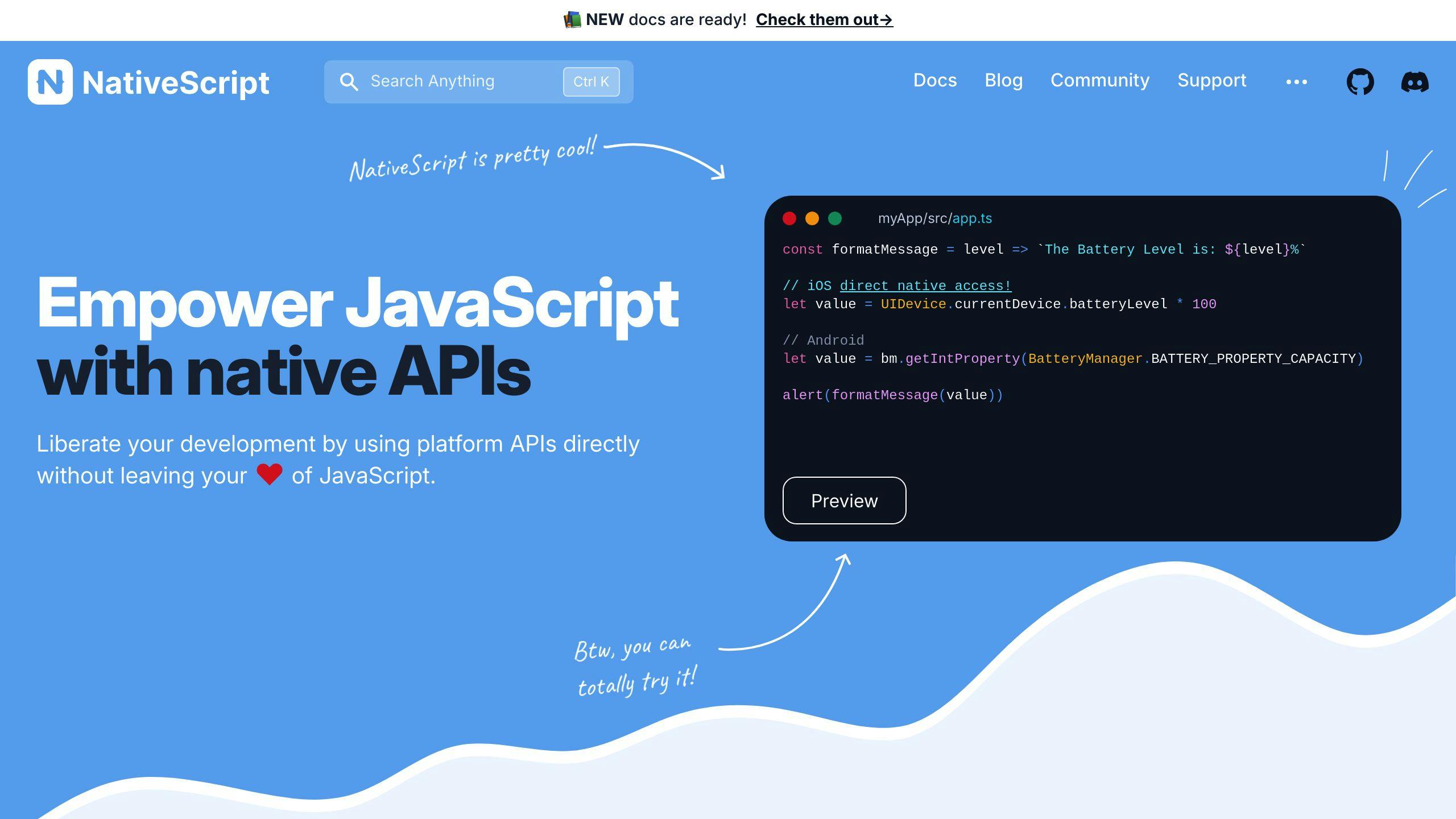
Supported Platforms
NativeScript supports the following platforms:
PlatformSupportediOS✅Android✅Web❌
Development Efficiency
NativeScript allows developers to write code using familiar web technologies like JavaScript, TypeScript, Angular, and Vue.js. This approach enables efficient cross-platform mobile app development.
NativeScript provides pre-built UI components and plugins, which can accelerate the development process.
Community & Support
NativeScript has a growing community, providing developers with access to resources, documentation, and support.
Integration & Extensibility
NativeScript allows direct access to native APIs and integration with third-party libraries from CocoaPods, Maven, and npm.js without the need for wrappers. This enables developers to create complex and high-performance applications.
Performance
NativeScript applications are compiled directly to native code, resulting in high performance and a native-like user experience. By providing direct access to native APIs, NativeScript allows for fine-tuning and optimization of an app's performance.
While there may be some overhead due to the bridge between JavaScript and native code, NativeScript's approach generally provides better performance compared to hybrid frameworks.
7. Appcelerator Titanium

Supported Platforms
Appcelerator Titanium supports the following platforms:
PlatformSupportediOS✅Android✅BlackBerry✅HTML5✅
Development Efficiency
Appcelerator Titanium allows developers to create native mobile apps using JavaScript. This approach enables efficient cross-platform mobile app development, reducing development time and effort.
Community & Support
Appcelerator Titanium has a large community of developers, providing access to resources, documentation, and support. The framework also offers pre-built UI components and plugins, which can accelerate the development process.
Integration & Extensibility
Appcelerator Titanium allows direct access to native APIs and integration with third-party libraries. This enables developers to create complex and high-performance applications.
Performance
Appcelerator Titanium applications are compiled directly to native code, resulting in high performance and a native-like user experience. The framework's ability to access native APIs and integrate with third-party libraries also enables fine-tuning and optimization of an app's performance.
8. Sencha

Supported Platforms
PlatformSupportediOS✅Android✅Desktop✅HTML5✅
Development Efficiency
Sencha offers a powerful JavaScript framework that helps developers build applications faster and more efficiently. It provides a rich set of web application tools, including IDE plugins, to improve productivity.
Community & Support
Sencha has a large community of developers and provides extensive resources, documentation, and support. The framework also offers pre-built UI components and plugins to accelerate development.
Integration & Extensibility
Sencha allows developers to create cross-platform apps using HTML5 and JavaScript. It provides a flexible layout manager to organize data and content across multiple mobile devices with different OS.
Performance
Sencha's framework offers robust data packages that can consume data from any backend data source. It also provides smooth scrolling and animations for a better mobile web application experience.
9. Corona SDK (Solar2D)

Supported Platforms
PlatformSupportediOS✅Android✅Desktop✅HTML5✅tvOS✅Android TV✅macOS✅Windows✅
Development Efficiency
Corona SDK (Solar2D) is a cross-platform framework that allows developers to create 2D games and apps quickly. It uses Lua scripting language, which is easy to learn and use. With Corona SDK, developers can build apps faster, making it ideal for rapid development and prototyping.
Community & Support
Corona SDK has a large community of developers who contribute to forums, tutorials, and plugins. It also provides extensive resources, documentation, and support, making it easier for developers to get started and resolve any issues they may encounter.
Integration & Extensibility
Corona SDK allows developers to call any native library or API using Solar2D Native, making it easy to extend the framework's capabilities. It also provides a wide range of plugins and APIs that enable developers to manipulate animations, audio, music, texture management, and more.
Performance
Corona SDK is known for its fast rendering capabilities, making it ideal for simple 2D games and apps. It also provides a real-time testing feature that allows developers to see changes instantly, making the development process more efficient.
10. Qt

Supported Platforms
Qt supports a wide range of platforms, including:
PlatformSupportedWindows✅OS X✅Linux✅Android✅iOS✅QNX✅More✅
Development Efficiency
Qt is known for its ease of use and high development efficiency. It provides a comprehensive set of libraries and tools that enable developers to create applications quickly.
Community & Support
Qt has a large and active community of developers who contribute to its development and provide support to other developers. Qt also provides extensive documentation, tutorials, and resources to help developers get started and resolve any issues they may encounter.
Integration & Extensibility
Qt provides a wide range of integration options, including support for various programming languages, such as C++, Java, and Python. It also provides a large set of libraries and APIs that enable developers to extend its capabilities and integrate it with other tools and services.
Performance
Qt is known for its high performance and ability to handle complex applications. Its modular design and optimized libraries enable developers to create applications that are fast and efficient.
Comparing Cross-Platform Tools
When choosing a cross-platform tool, it's essential to compare their features, strengths, and limitations. Here's a comparison of the top 10 cross-platform RMAD frameworks:
Performance Comparison
FrameworkPerformanceReact NativeNative-like performance with JavaScript bridgeFlutterHigh-performance with Dart code compilationXamarinNative performance with C# and.NETIonicHybrid performance with HTML, CSS, and JavaScriptAdobe PhoneGapHybrid performance with HTML, CSS, and JavaScriptNativeScriptNative-like performance with JavaScript bridgeAppcelerator TitaniumHybrid performance with JavaScript and native modulesSenchaHybrid performance with HTML, CSS, and JavaScriptCorona SDK (Solar2D)High-performance with Lua scriptingQtHigh-performance with C++ and QML
Development Efficiency Comparison
FrameworkDevelopment EfficiencyReact NativeHigh development efficiency with reusable codeFlutterHigh development efficiency with hot reload featureXamarinHigh development efficiency with C# and.NETIonicHigh development efficiency with HTML, CSS, and JavaScriptAdobe PhoneGapMedium development efficiency with hybrid approachNativeScriptMedium development efficiency with JavaScript bridgeAppcelerator TitaniumMedium development efficiency with JavaScript and native modulesSenchaMedium development efficiency with HTML, CSS, and JavaScriptCorona SDK (Solar2D)Low development efficiency with Lua scriptingQtLow development efficiency with C++ and QML
Community and Support Comparison
FrameworkCommunity and SupportReact NativeLarge and active community with extensive documentationFlutterGrowing community with extensive documentationXamarinLarge and active community with extensive documentationIonicLarge and active community with extensive documentationAdobe PhoneGapMedium-sized community with limited documentationNativeScriptMedium-sized community with limited documentationAppcelerator TitaniumMedium-sized community with limited documentationSenchaMedium-sized community with limited documentationCorona SDK (Solar2D)Small community with limited documentationQtLarge and active community with extensive documentation
Each framework has its unique strengths and limitations. When choosing a framework, consider factors such as performance, development efficiency, and community support to ensure the best fit for your project.
Integrating Mobile App Tools
When developing mobile apps, integrating various tools and software is crucial for efficient development. The top RMAD frameworks can be seamlessly integrated with other development tools and software, enabling developers to streamline their workflow, increase productivity, and deliver high-quality apps faster.
Code Reusability
Code reusability is a key advantage of cross-platform development. By structuring code in a modular and scalable way, developers can easily integrate platform-specific code with shared business logic. This approach simplifies maintenance, promotes code reuse, and enables efficient enhancements and updates.
Continuous Integration and Deployment
Automating build procedures, tests, and updates is essential for efficient development. Continuous integration and deployment ensure code quality, identify issues early, and enable frequent updates. This optimized workflow allows developers to accelerate development cycles, maintain code quality, and provide new features for a better user experience.
Third-Party Libraries and APIs
Integrating third-party libraries and APIs is common in app development. However, in a cross-platform setting, these integrations can introduce compatibility issues and dependencies that are difficult to manage. It's essential to carefully evaluate and select third-party services that are known for their cross-platform compatibility and robust support.
Integration BenefitsDescriptionCode ReusabilitySimplifies maintenance, promotes code reuse, and enables efficient enhancements and updates.Continuous Integration and DeploymentEnsures code quality, identifies issues early, and enables frequent updates.Third-Party Libraries and APIsEnables developers to leverage existing libraries and APIs, reducing development time and effort.
By integrating mobile app tools effectively, developers can overcome the challenges of cross-platform development, such as performance concerns, limited development tools, and integration problems. By leveraging code reusability, continuous integration and deployment, and carefully selecting third-party libraries and APIs, developers can create high-quality, scalable, and maintainable apps that meet the demands of modern users.
New Trends in Cross-Platform Development
Cross-platform development has seen significant advancements in 2024, driven by the growing demand for efficient and cost-effective app development solutions. Several trends have emerged, shaping the future of cross-platform development.
AI and ML Integration
AI and ML are being increasingly integrated into cross-platform development, enabling developers to create intelligent and adaptive applications. AI-powered tools simplify the development process, automate testing, and improve app performance.
Low-Code and No-Code Development
Low-code and no-code development platforms have gained popularity, allowing developers to build cross-platform apps with minimal coding. These platforms provide visual interfaces, drag-and-drop tools, and pre-built templates, making it easier to develop apps quickly and efficiently.
User Experience (UX) and User Interface (UI)
As users expect seamless and engaging experiences across multiple platforms, the focus on UX and UI has intensified. Cross-platform developers must prioritize creating responsive, intuitive, and visually appealing interfaces that cater to diverse user needs.
Enhanced Security
With the increasing importance of data security, cross-platform development frameworks are incorporating robust security features to protect user data and prevent cyber threats. Developers must prioritize security in their development workflow to ensure the integrity of their apps.
Cloud-Native and Serverless Architecture
Cloud-native and serverless architecture have become more prominent in cross-platform development, enabling developers to build scalable, flexible, and cost-effective apps. These architectures allow for efficient resource allocation, reduced maintenance, and improved app performance.
TrendDescriptionAI and ML IntegrationSimplifies development, automates testing, and improves app performance.Low-Code and No-Code DevelopmentEnables developers to build apps quickly and efficiently with minimal coding.User Experience (UX) and User Interface (UI)Prioritizes creating responsive, intuitive, and visually appealing interfaces.Enhanced SecurityProtects user data and prevents cyber threats with robust security features.Cloud-Native and Serverless ArchitectureEnables scalable, flexible, and cost-effective app development.
By embracing these trends, developers can stay ahead of the curve and create innovative, high-quality cross-platform apps that meet the evolving needs of users.
Conclusion
Choosing the right cross-platform RMAD framework is crucial for efficient development, app performance, and user experience. With the ever-changing landscape of mobile app development, it's essential to stay informed about the latest trends and capabilities of available frameworks.
Framework Comparison
Each framework offers unique strengths and caters to specific project requirements. Here's a brief comparison:
FrameworkKey StrengthsReact NativeLarge community, native performance, web-based skillsetFlutterHighly customizable UI, hot reload, Google's backingXamarinNative UI and performance, C# and.NET ecosystemIonicWeb technologies, extensive plugins, Angular/React/Vue supportNativeScriptTruly native apps, Angular/Vue support, native APIs
Selecting the Right Framework
When choosing a framework, consider factors such as project complexity, team expertise, and long-term goals. Evaluate the framework's ecosystem, community support, and future roadmap to ensure a sustainable and scalable solution.
By leveraging the power of cross-platform RMAD frameworks, developers can streamline development, reduce costs, and deliver exceptional mobile experiences that resonate with users across multiple platforms.
FAQs
What is the best cross-platform mobile development?
There is no single "best" cross-platform mobile development framework. The ideal choice depends on your project needs, team skills, and long-term goals. Here are some popular options:
FrameworkKey StrengthsFlutterCustomizable UI, hot reload, Google backingReact NativeLarge community, native performance, web-based skillsXamarinNative UI and performance, C# and.NET ecosystem
What is a cross-platform framework?
A cross-platform framework is a tool that lets developers create apps that run on multiple platforms (e.g., Android, iOS, Windows) using a single codebase. These frameworks provide libraries, tools, and UI components that abstract platform-specific details, enabling developers to write code once and deploy it across different operating systems with minimal changes.
What are the most popular app development frameworks in 2024?
Here are some popular cross-platform mobile app development frameworks in 2024:
FrameworkDescriptionFlutterGoogle-backed framework with customizable UI and hot reloadReact NativeLarge community and native performance with web-based skillsXamarinNative UI and performance with C# and.NET ecosystemIonicWeb technologies with extensive plugins and Angular/React/Vue supportNativeScriptTruly native apps with Angular/Vue support and native APIs
These frameworks offer robust toolsets, extensive community support, and continuous updates to meet the evolving needs of mobile app development.



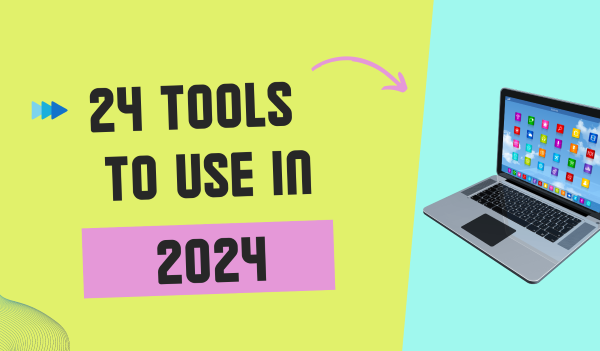
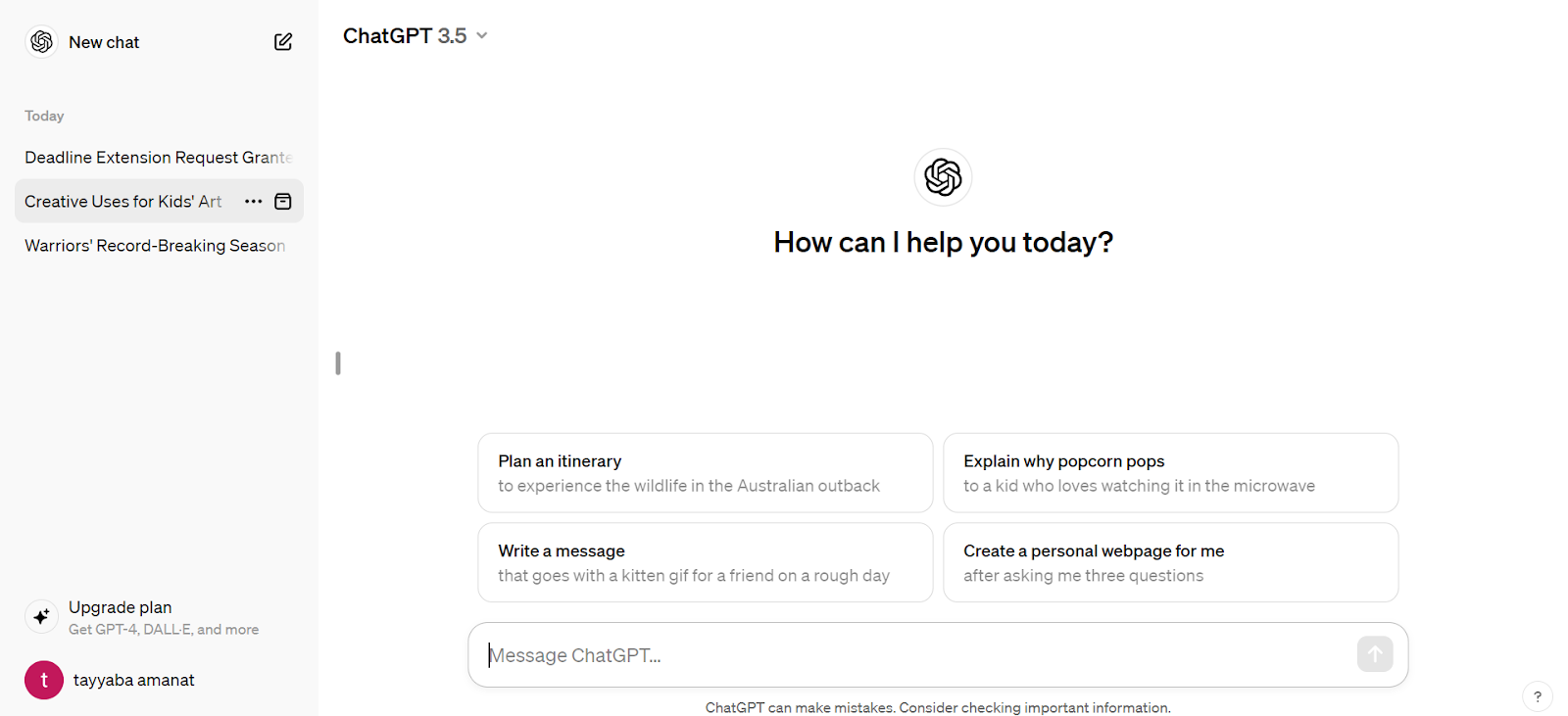


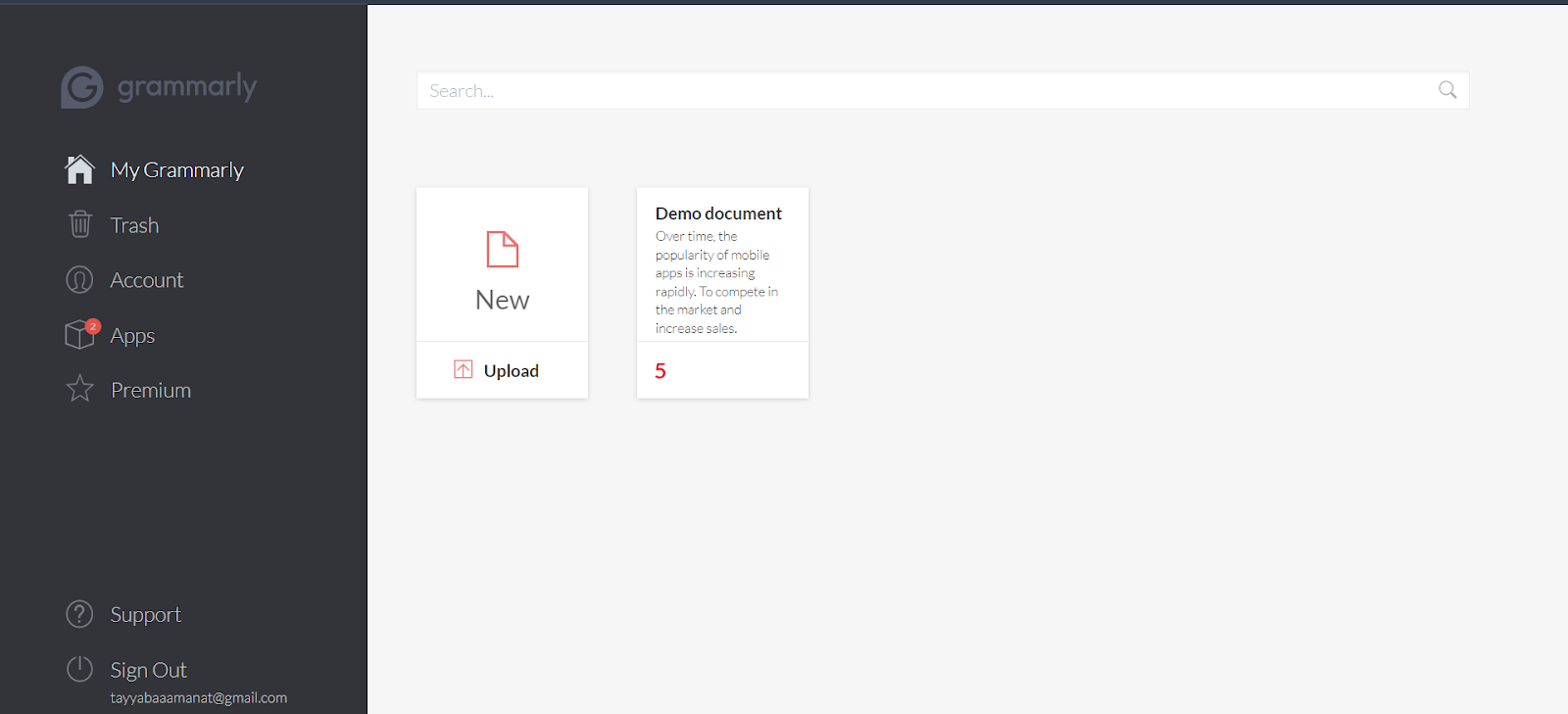



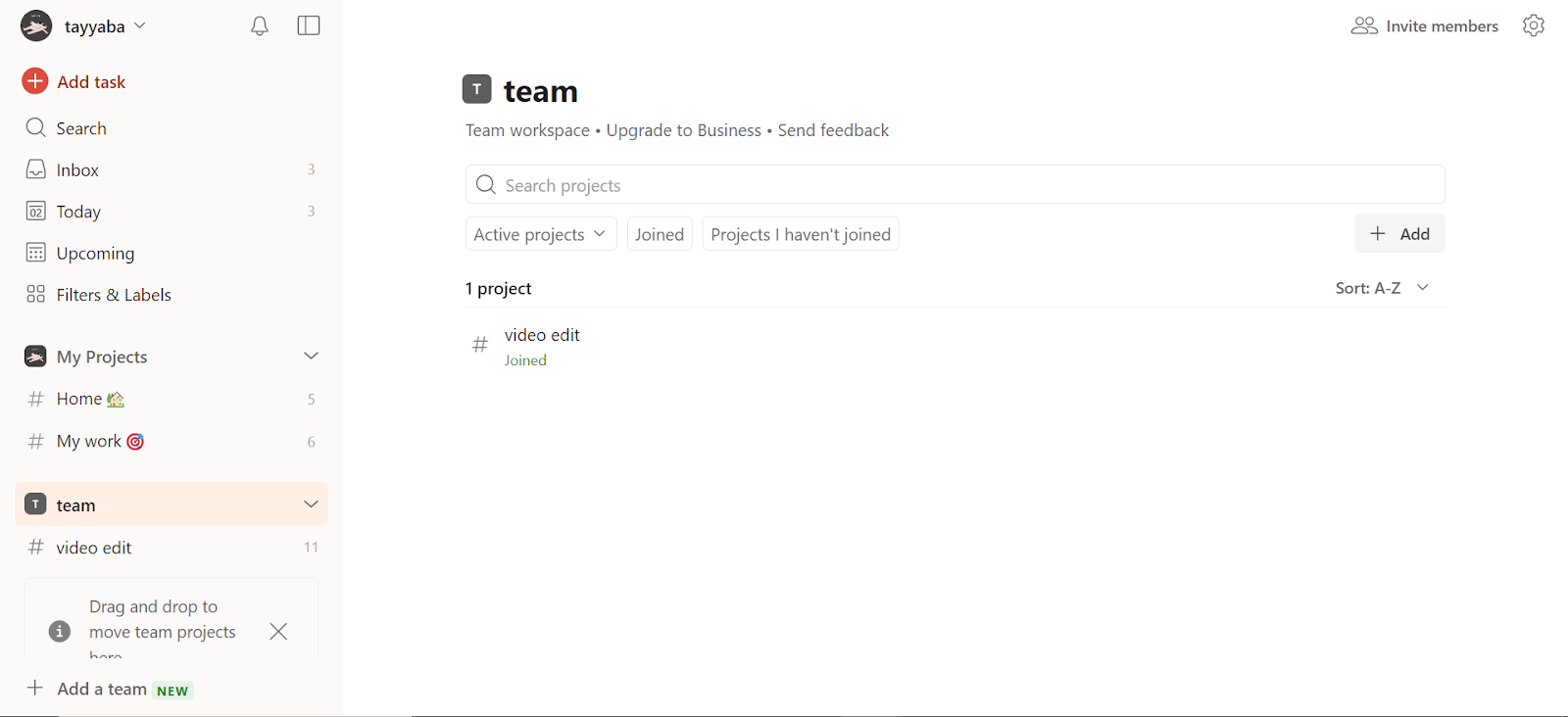



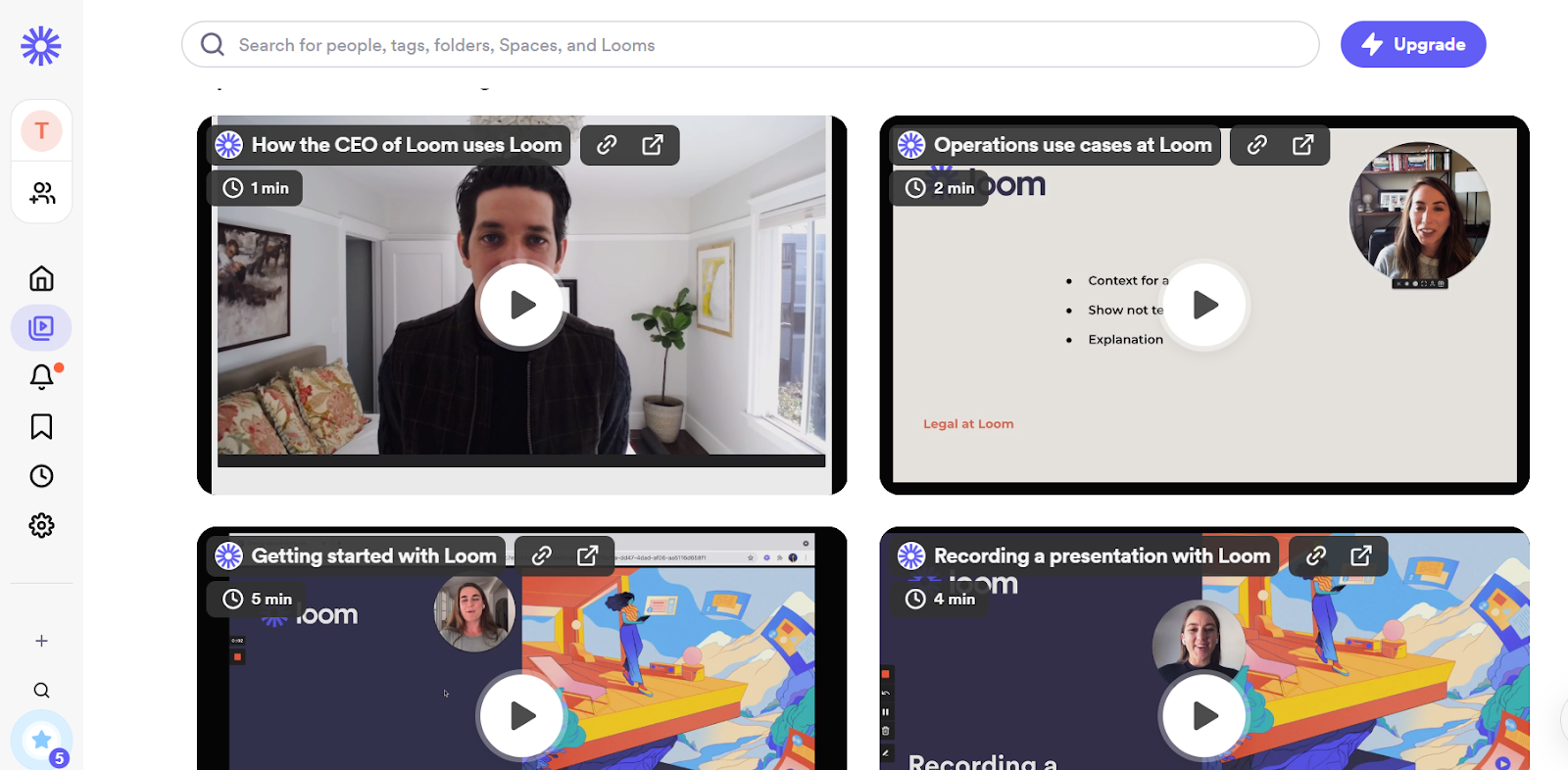
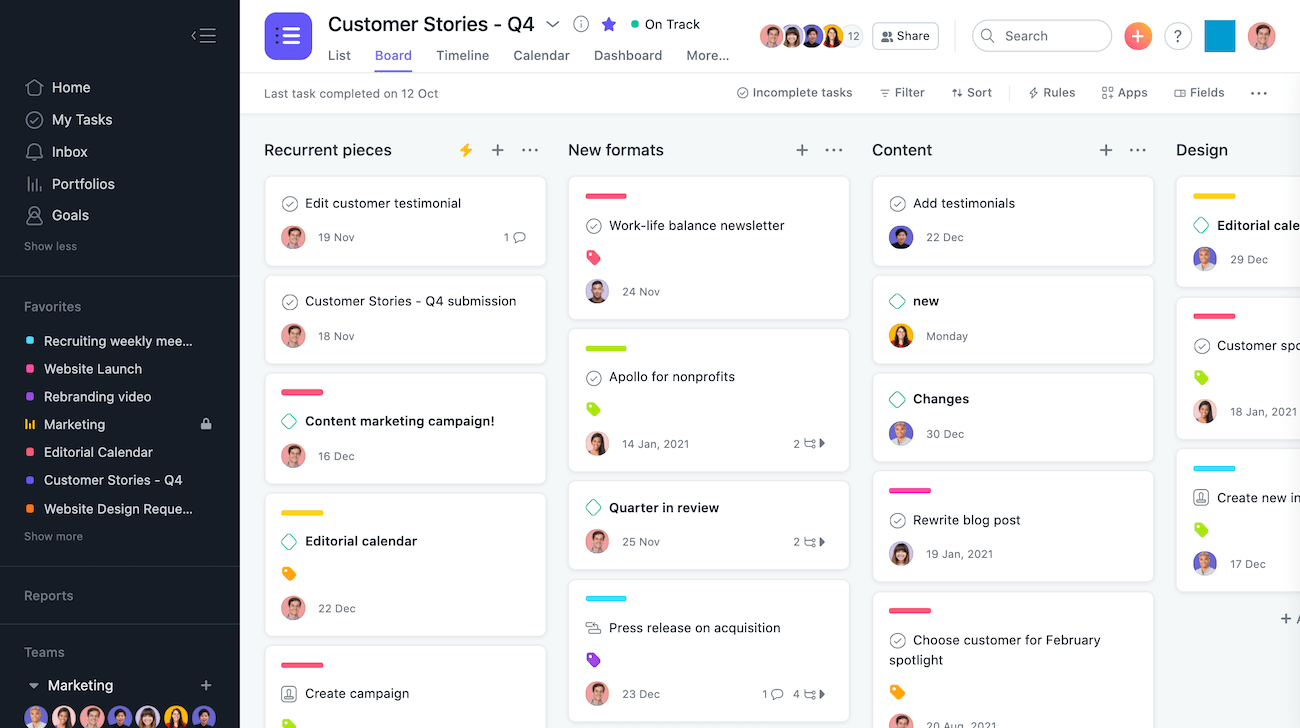





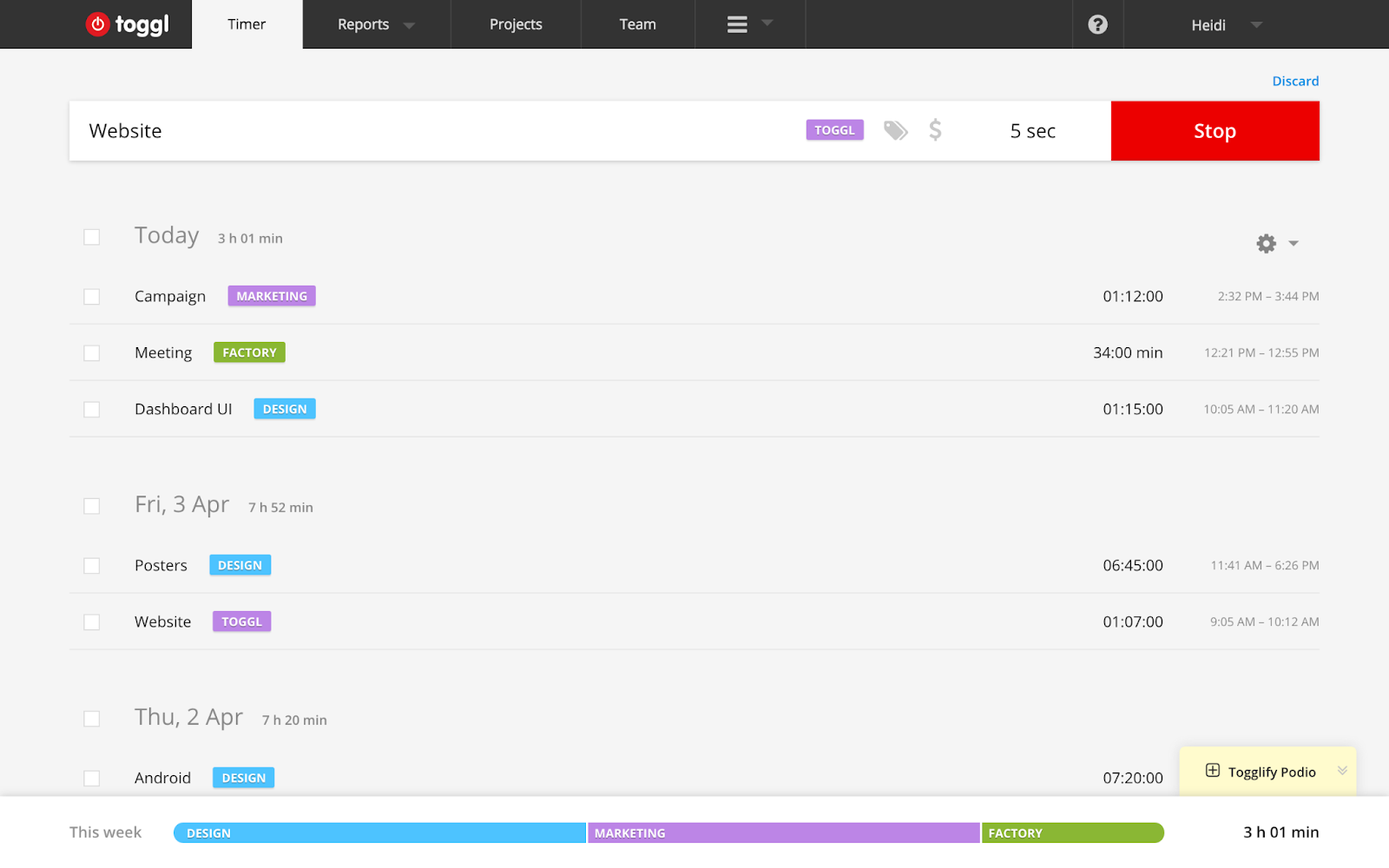





.png)

